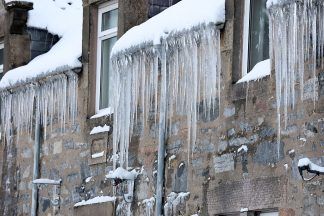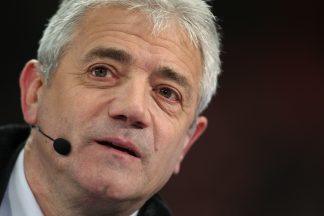As Christmas Day rounds the corner, millions of families across the country will be frantically peeling potatoes, wrapping chipolatas with streaky bacon and tending to the traditional steamed pudding.
For us Brits, Christmas dinner is a serious business.
In the UK, we eat approximately 10 million turkeys with 76% of families serving the meat as their main centrepiece according to British Turkey Information Service.
While some may choose goose, chicken or even a nut roast, turkey’s popularity at Christmas time is still relatively new and was seen as a luxury item right up until the 1950s.
Roasted goose was most families dish of choice right up until the Victorian era.
Traditionally turkey is accompanied by roast potatoes, stuffing, pigs in blankets and brussels sprouts in the UK, but additions of cranberry and bread sauces, Yorkshire puddings and mashed potatoes vary from family to family.
For dessert, many opt for a Christmas pudding drenched in flaming brandy, a rich fruit cake, mince pies or trifle.
Yet across the world, the traditional Christmas feast has evolved from country to country with many different interpretations of the meal held from Christmas Eve and traditions observed right through to January 6.
Australia
As Christmas falls in the middle of the Southern Hemisphere’s summer, a traditional roast with all the trimmings is served slightly differently in the heat. Ham, turkey or chicken is served cold with side salads or Australians utilize their grills by cooking meat on the barbecue outdoors.
Shellfish such as prawns, crayfish or marron, which looks similar to a lobster, is popular and most families eat outside due to the weather. The day is rounded off with a trifle or a fresh fruit pavlova.
Poland
A large, vegetarian feast awaits Poles on Christmas Eve, when the main festive meal takes place. Representing the 12 apostles, 12 dishes are served featuring mushrooms, cabbage dumplings and beetroot soup.
While Christmas Day itself is still a large celebration, it’s seen as a day to visit people and go to church. People don’t tend to cook on December 25 and instead have cold meats and salad or Bigos, a cabbage and meat stew with beef sausages which is prepared in advance.
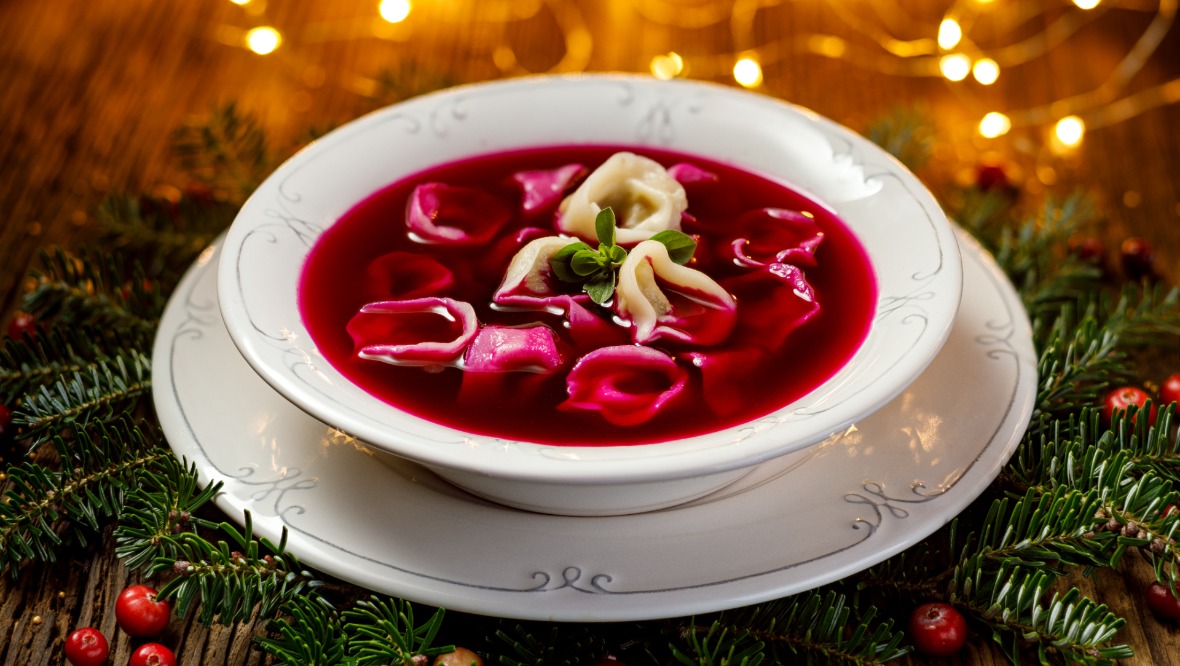 iStock
iStockFrance
A lavish affair known as Réveillon, based on the word ‘waking’ as participants stay up past midnight to celebrate, is held on Christmas Eve. Traditional in French-speaking places such as Quebec and New Orleans, lobster, oysters, escargot and foie gras are eaten alongside glasses of champagne.
A yule log or bûche de Noël. is often served after dinner but in Provence, it is traditional to serve 13 desserts, representing Jesus and the 12 apostles.
Finland
Joulupöytä, a traditional food board similar to a Swedish smörgåsbord, is served up on the table on December 25 and translates as ‘Yule table’. A large Christmas ham takes centre stage alongside lutefisk, gravlax and a series of Finnish casserole dishes known as laatikkos, which can contain carrot, potato and liver.
Non-alcoholic mulled wine glögi is served with almonds and raisins and dessert can vary from joulutorttu, prune jam pastries to rice pudding with an almond hidden inside the pot. The person to be served the almond in their bowl gets to open their gifts first, or make a Christmas wish.
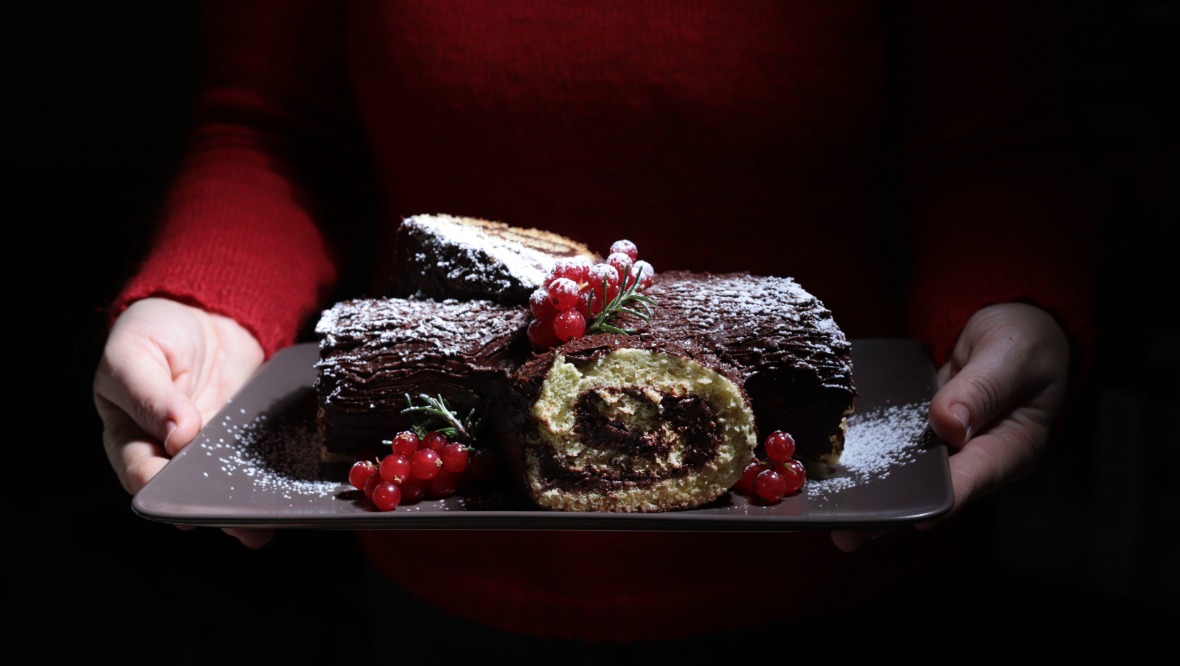 iStock
iStockSpain
For Spaniards, celebrating Christmas is often spread over a few days, with gifts traditionally exchanged on January 6 for Epiphany which celebrates the arrival of the three Magi or Wise Men who visited the baby Jesus. However in recent years, gifts from Santa Claus have become more popular. A large family feast is held late on Christmas Eve, known as Nochebuena.
Depending on the region, the main meal eaten on Christmas Day could feature suckling pig, lamb or turkey while fish is popular in the North. On Epiphany, Spaniards eat slices of Roscón de Reyes, a sweet yeasted bread, which has a figurine and a lima bean hidden inside. Similar to finding charms in a Christmas pudding, the person who finds the figurine will be lucky in the new year while the finder of the bean must pay for the dessert.
Norway
Known as svineribbe, Norwegians traditionally enjoy pork belly on Christmas Day. The crispy crackling is eaten with boiled vegetables, sauerkraut, lingonberry jam, potatoes and gravy.
Like other Scandinavian countries, rice pudding is a popular dessert, served with a raspberry sauce.
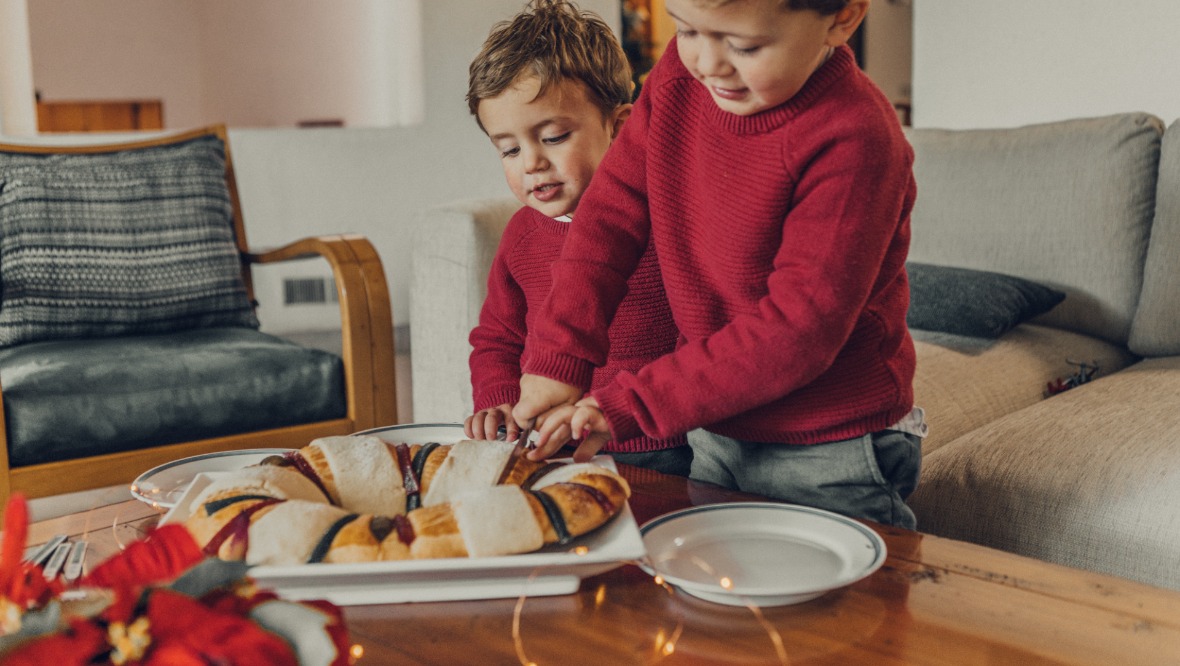 iStock
iStockItaly
Depending on which area of Italy you are from, Christmas dinner can vary due to traditions in the north and south of the country. Yet the main dinner tends to take place on Christmas Eve, as families gather for midnight Mass.
Filled pasta such as tortellini is served as a first course boiled in a meat broth and in the north, poultry is served alongside sauces such as mostarda, a condiment made with candied fruit and a mustard-flavoured syrup. A panettone is served for dessert alongside nougat and nuts.
Fried capitone eel is served in the south on Christmas Eve, as it is considered a day of fasting. On Christmas Day, roast lamb or fish is served, with a variety of biscuits, marzipan, candied and fresh fruits eaten for dessert.
United States
As Christmas Day is so close to the American celebration of Thanksgiving, many families chose not to serve turkey for a second time and opt for a ham or roast beef as the main centrepiece.
With many traditions adopted from the United Kingdom, Americans pair their main dish with mashed or roast potatoes, gravy and roasted vegetables. However pumpkin pie is usually served for dessert, with coconut cake, pecan pie and sweet potato pie is eaten in southern states.
However some parts of the US opt for more regional dishes, with Virginians eating oysters, ham pie and biscuits, the Gulf Coast opting for seafood and southern states plumping for rice rather than potatoes.
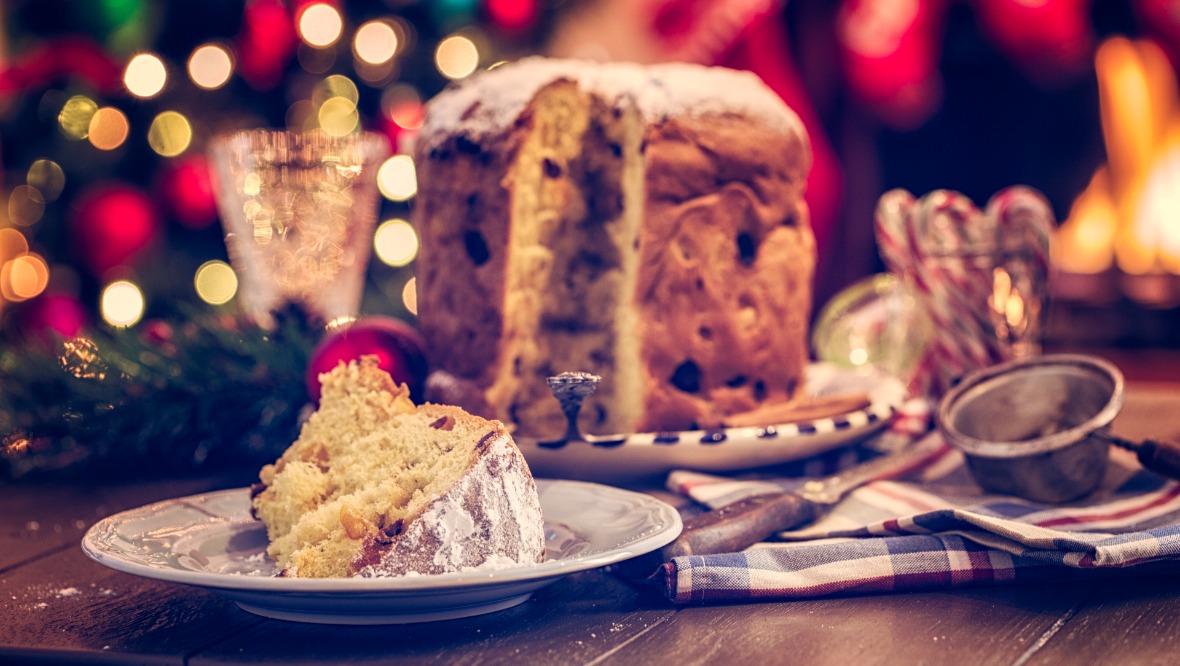 iStock
iStockSweden
In Sweden, the main Christmas dinner called Julbord is served as three courses. Pickled herring and salmon is eaten with crisp bread and potatoes first, then a ham is served as the main centrepiece. Cold cuts of meat such as head cheese, a meat jelly made from the flesh of head of a calf or pig, are also served along with sausages and liver pate. Lutefisk, a gelatinous fish dish made from aged stockfish, is also a large part of the meal.
Like other Scandinavian countries, Ris à lá Malta or rice pudding is served for dessert with a range of sauces and an almond is hidden in the pot much like in Finland. However the finder of the almond in Sweden is expected to get married before the next Christmas arrives.
Philippines
Held towards midnight on Christmas Eve, Filipinos celebrate Noche Buena, which translates as ‘the Good Night’, following Hispanic custom and is eaten after the family has attended late evening Mass. The centrepiece is often a hamón, a cured leg of pork and is served with cheese, sweet-tasting spaghetti and stuffed milkfish, with fruit salad for dessert.
However some more affluent families may chose to mark Noche Buena with a spit-roasted pig, beef stew or paella. The tradition of eating pork on Noche Buena is thought to date back to the 15th century when colonists in the Caribbean would hunt pigs to roast.
Glasses of tsokolate, a type of hot cocoa, is made with locally grown cacoa beans and served with the meal while gifts are usually exchanged afterwards.
Follow STV News on WhatsApp
Scan the QR code on your mobile device for all the latest news from around the country


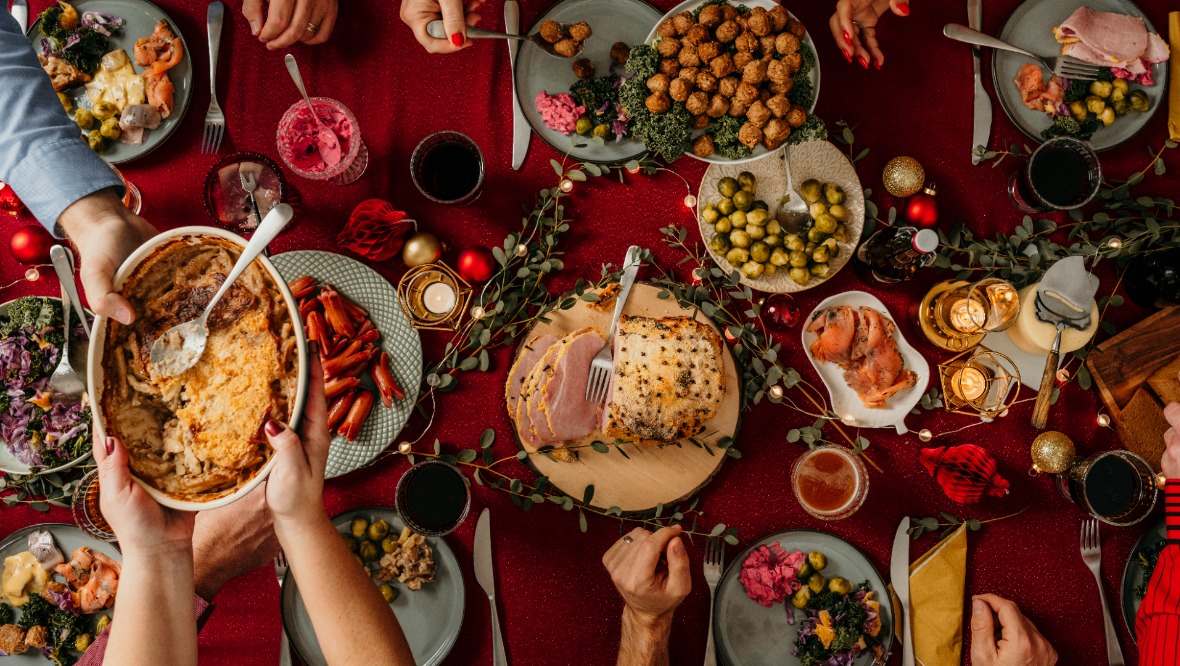 iStock
iStock





















